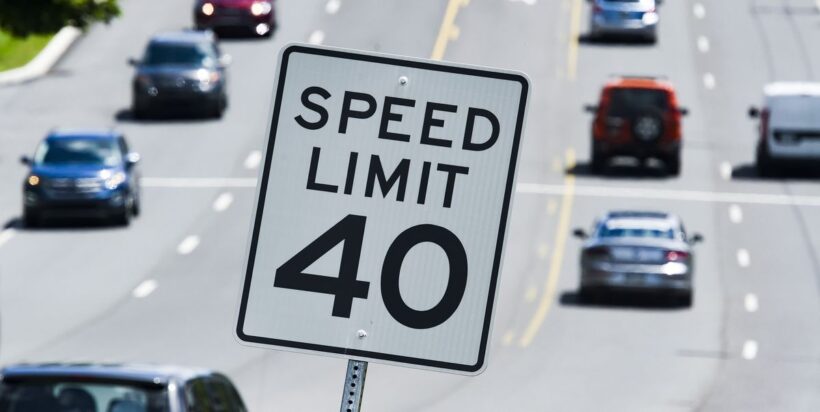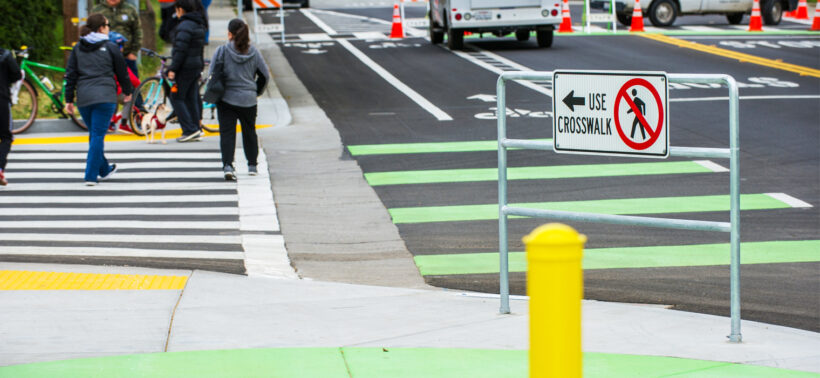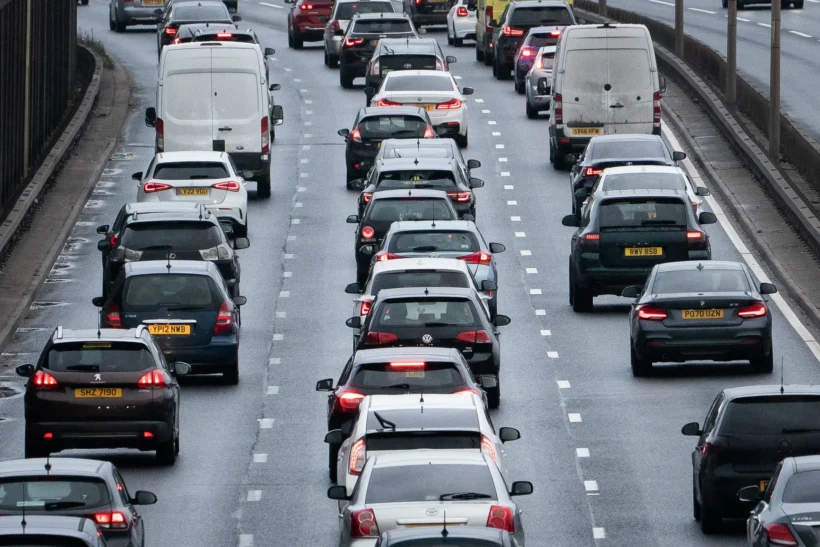California, a state known for its sprawling urban landscapes and endless highways, has always faced a monumental challenge concerning road safety. With a surge in vehicular accidents over the years, the introduction of new state driving laws was seen as a step in the right direction to curb this menace. These regulations touch upon various aspects of driving behaviors known to cause accidents, such as distracted driving, speeding, and driving under the influence (DUI). This article explores the impact these laws have had in reducing car accidents across various Californian cities.
Distracting activities while driving

One of the significant contributors to car accidents is distracted driving, primarily due to mobile phone usage while behind the wheel. The new laws in California impose stricter penalties on those caught texting or engaging in other distracting activities while driving. The enforcement of this law has been particularly impactful in bustling cities like Los Angeles and San Francisco, where the dense traffic requires a driver’s undivided attention.
Furthermore, California has tightened the laws surrounding DUI, aiming to reduce the number of accidents caused by impaired driving. The stricter penalties have served as a deterrent, potentially driving down the number of DUI-related accidents, especially in cities known for their vibrant nightlife like San Diego and Sacramento. The new legal framework ensures that those who choose to drive under the influence face harsher repercussions, ultimately contributing to safer roads.
Speed limit

Speeding, a perilous yet common driving behavior, has been a significant concern in the discourse surrounding road safety. The new driving laws in California have cast a spotlight on this issue, introducing revised speed limits and bolstered monitoring mechanisms to ensure compliance, particularly in areas notorious for accidents. The crux of this initiative is to curtail high-speed collisions, which are often catastrophic in their aftermath. The ripple effects of these regulatory adjustments are likely to be felt more acutely in densely populated cities, where the bustling traffic often tempts drivers to speed. Among such cities, Oakland and Long Beach are notable, with their bustling streets often serving as a microcosm of the larger speeding problem the state grapples with. These urban environments, rich with residential and commercial activity, form the backdrop against which the battle against speeding is being waged.
Within these cities, the heightened enforcement and adjusted speed limits act as dual deterrents against speeding, carving out a path towards safer roadways. As drivers adapt to the revised speed limits, a reduction in high-speed collisions is anticipated, which in turn fosters a safer driving culture. Beyond merely punitive measures, the state’s initiative underscores a commitment to education and awareness, empowering drivers to understand the dire consequences of speeding. This balance of enforcement and education is pivotal in engendering a lasting change in driving behaviors. The initiative also invites a communal approach to road safety, wherein each driver’s adherence to speed limits contributes to a broader, collective goal of minimizing accidents. The resulting safer roadways not only benefit drivers but extend the sphere of safety to pedestrians and the broader community. Through these revised laws and their meticulous enforcement, cities like Oakland and Long Beach are stepping into a new epoch of road safety, one marked by a mutual understanding of the responsibility shared by all road users in fostering and maintaining safe driving conditions.
Lane splitting, a common practice among California’s motorcyclists, has also been regulated under the new laws to ensure it’s conducted safely. In cities like San Jose and Fresno, where motorcycle usage is prevalent, regulations governing lane splitting could lead to a decline in motorcycle-related accidents, promoting safer riding practices.
Moreover, the enforcement of helmet laws for cyclists is another step towards reducing severe injuries resulting from accidents. Bicycle-friendly cities like Santa Monica and Davis have welcomed these laws as they not only promote safety but also encourage a culture of responsible cycling.
Pedestrian safety

Pedestrian safety is also at the forefront of these legal revisions. By enhancing crosswalk safety and enforcing laws against jaywalking, the aim is to protect pedestrians in bustling cities like Anaheim and Santa Clara, where pedestrian traffic is heavy.
The enforcement and adherence to these new driving laws are instrumental in their success. California’s law enforcement agencies have ramped up efforts to ensure compliance through increased patrols, checkpoints, and public awareness campaigns. The preliminary data reflecting a downtrend in road accidents across these cities is an encouraging sign of the positive impact these laws are having.
The true extent of the impact stemming from California’s recently enacted driving laws may yet be in the early stages of evaluation, but the initial signs herald a promising shift towards safer roadways. The heartening results seen so far are attributable to the diligent enforcement efforts carried out by law enforcement agencies, coupled with the widespread public adherence to these new regulatory mandates. This synthesis of authoritative oversight and community compliance is generating a framework within which safer driving practices can thrive. As more time passes, a clearer picture of the long-term benefits of these laws will inevitably emerge, helping to delineate a roadmap for further legislative improvements aimed at promoting road safety. Moreover, the active engagement of local government bodies in monitoring and enforcing these laws showcases a solid foundation for sustaining this positive trend.

Across the vast expanse of Californian cities, from the bustling streets of Los Angeles to the serene lanes of Santa Clara, the collective endeavor to uphold and abide by these new driving regulations is palpable. The ripple effect of this unified effort is gradually unfurling across the state, manifesting in a discernible reduction in car accidents and a cultivation of a more responsible driving culture. Every individual who chooses to adhere to these laws contributes to a larger movement towards minimizing the perils that once dominated California’s roadways. This culture of compliance and the fostering of responsible driving habits are not just transient phenomena; they represent a significant step towards enduring road safety. As more citizens, law enforcement agencies, and local authorities rally together in this cause, the vision of significantly safer roads in California inches closer to reality, reinforcing the belief that the collaboration between law, enforcement, and community can indeed pave the way for a safer driving environment.

